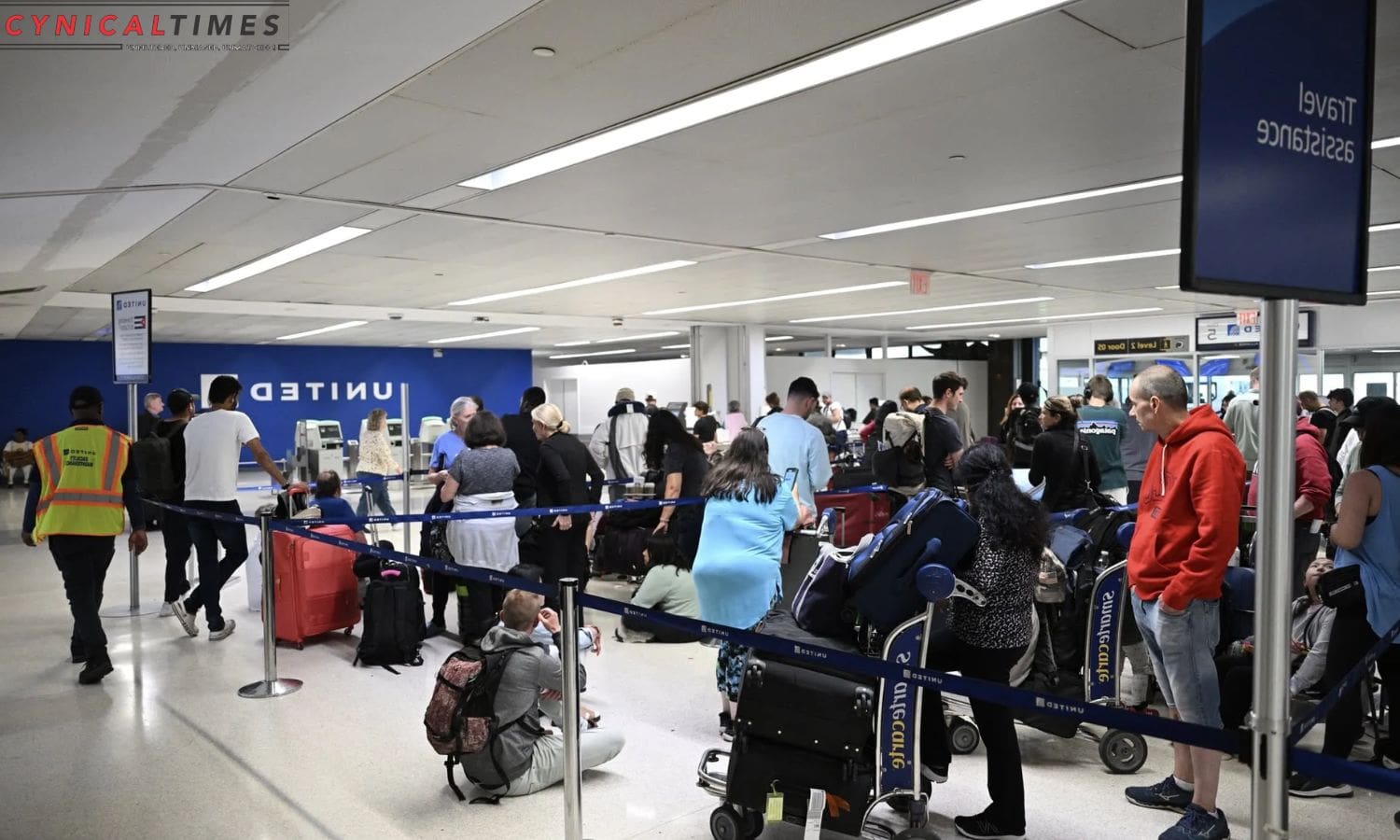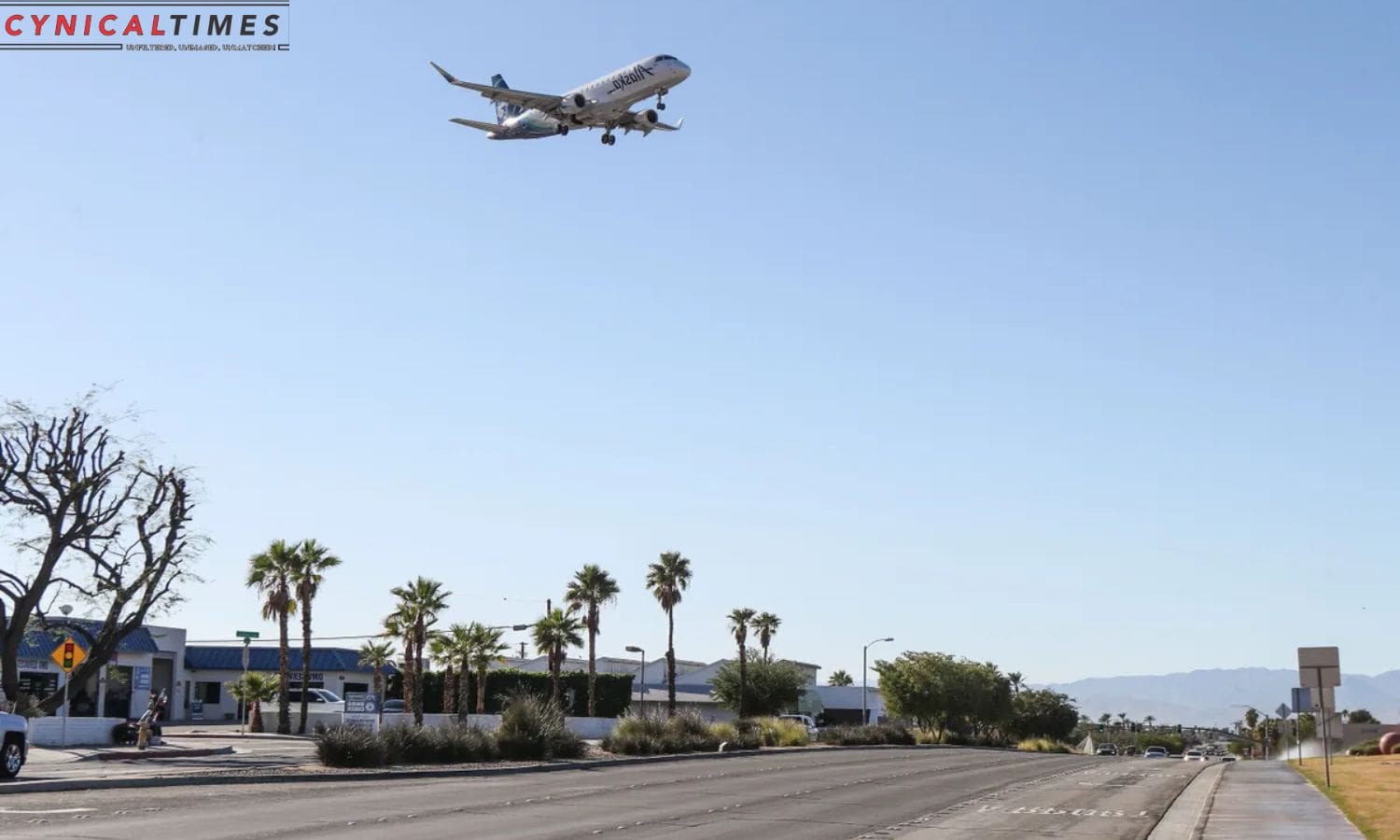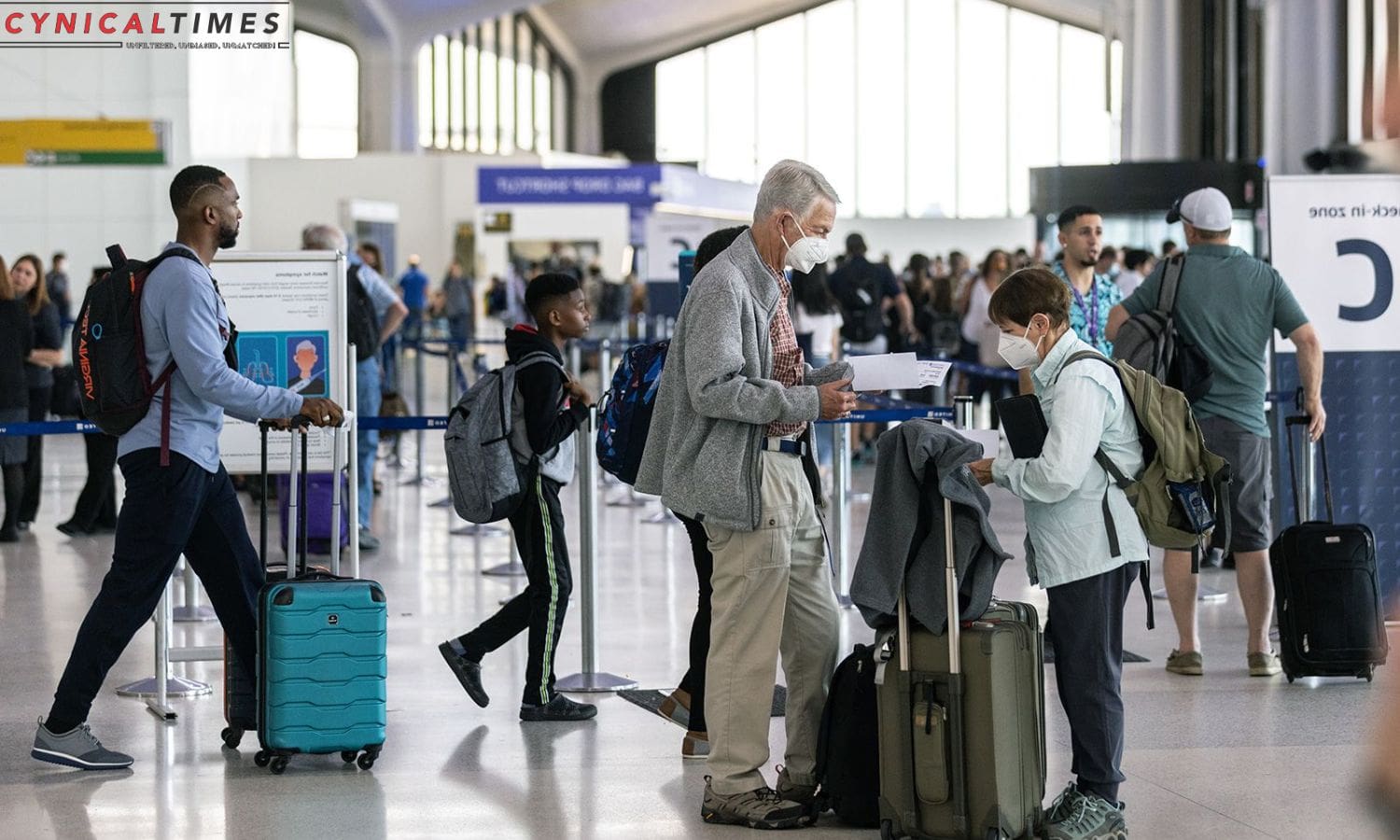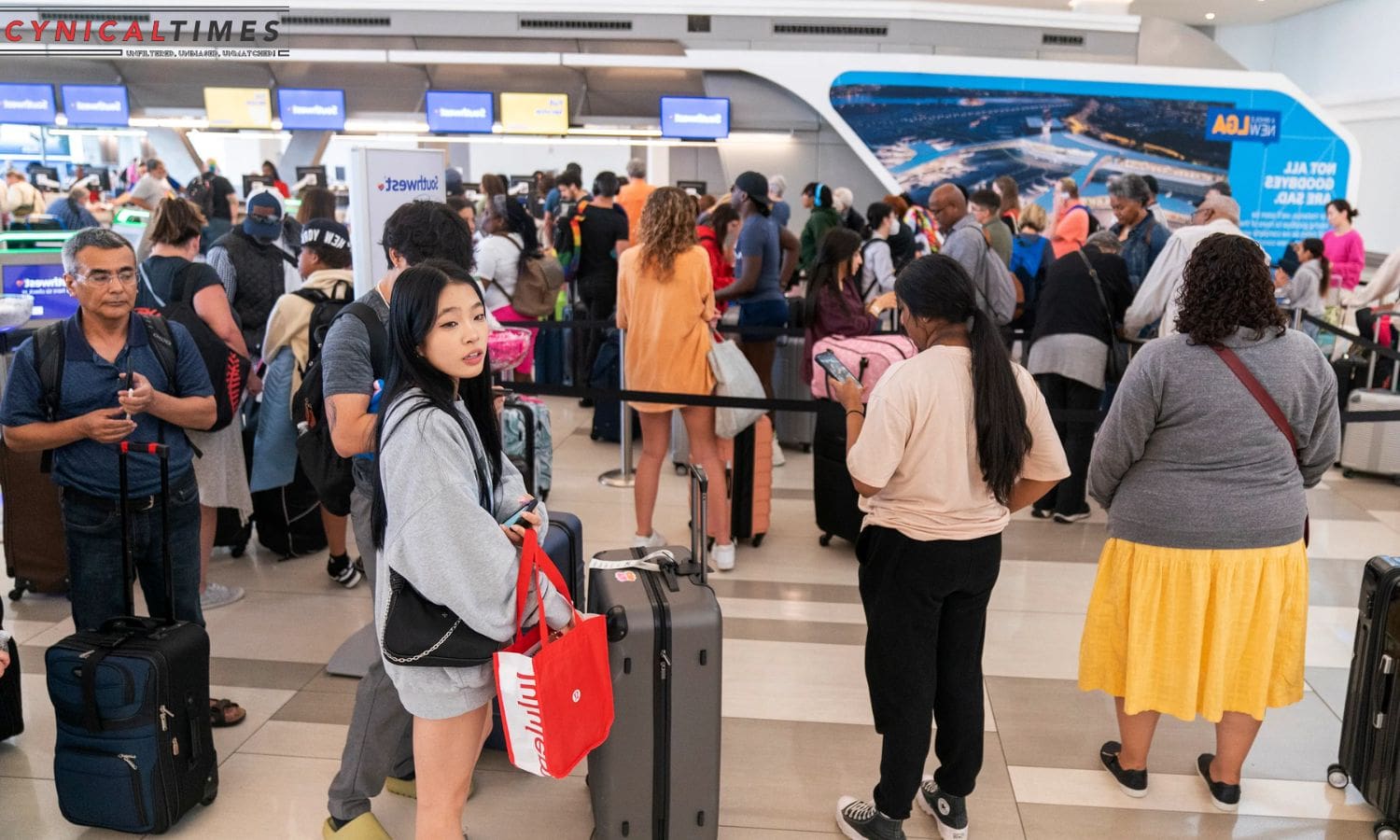Holiday Air Travel Surge Results in Delays: The holiday season has brought a surge in air travel, resulting in delays and cancellations at Bay Area airports.
Passengers traveling through San Francisco International Airport (SFO), Oakland International Airport, and Mineta San Jose International Airport have experienced specific flight disruptions.
The Federal Aviation Administration (FAA) has implemented a traffic management strategy to mitigate delays at SFO.
With projected travel figures and anticipated screening at Bay Area airports, it is crucial to be aware of previous travel disruptions, TSA recommendations, and predicted traffic conditions for major areas.
Key Takeaways Of Holiday Air Travel Surge Results in Delays
- Bay Area airports experienced a significant increase in delays and cancellations during the holiday season, causing frustration and inconvenience for travelers.
- San Francisco International Airport (SFO), Oakland International Airport, and Mineta International Airport in San Jose saw a surge in passengers compared to the previous year, putting strain on airport resources.
- Specific flight delays and cancellations were reported at SFO, Oakland, and Mineta airports, with multiple airlines contributing to the disruptions.
- The Federal Aviation Administration (FAA) implemented a proactive traffic management strategy at SFO, using advanced technology and data analysis to predict congestion and mitigate delays.


Surge in Holiday Travel and Resulting Complications in Bay Area Airports
The recent surge in holiday travel has led to a significant increase in delays and cancellations at Bay Area airports. San Francisco International Airport (SFO), Oakland International Airport, and Mineta International Airport in San Jose all experienced a surge in passengers during the holiday season compared to the previous year. This increase in travel volume put a strain on airport resources and resulted in complications for travelers.
Delays became more frequent as airports struggled to accommodate the influx of passengers. Additionally, some flights had to be cancelled due to the inability to handle the increased demand. These delays and cancellations caused frustration and inconvenience for travelers who were hoping for smooth journeys during the holiday season.
As a result, airports have been working to address the issue and improve their operations to minimize future disruptions.
Specific Flight Delays and Cancellations at SFO, Oakland, and Mineta Airports
During the recent surge in holiday travel, specific flight delays and cancellations were experienced at SFO, Oakland, and Mineta Airports.
At SFO, a total of 61 flights were delayed by 2 p.m., with United Airlines, SkyWest, Southwest, and Alaska Airlines contributing to the delays. However, no flights were canceled at SFO.
Oakland International Airport faced similar challenges, with 34 flights delayed and 11 canceled. SkyWest was responsible for one of the cancellations. By 2 p.m., there were 10 late arrivals and 8 departures behind schedule at Oakland Airport.
Mineta International Airport in San Jose encountered 27 delayed flights, primarily from Southwest, Alaska Airlines, Delta, and United. Additionally, there was one cancellation, also from Southwest.


FAA’s Traffic Management Strategy for Managing Delays at SFO
How did the Federal Aviation Administration (FAA) manage delays at San Francisco International Airport (SFO) during the surge in holiday air travel?
- The FAA implemented a proactive approach to manage delays at SFO during the holiday air travel surge. They closely monitored air traffic flow and made real-time adjustments to ensure smooth operations. The FAA utilized advanced technology and data analysis to predict potential congestion and mitigate delays. They collaborated with airlines, air traffic controllers, and other stakeholders to implement effective traffic management strategies.
By employing these measures, the FAA aimed to minimize disruptions and provide a seamless travel experience for passengers. Their proactive approach allowed for brief delays, gate holds, and taxi delays, lasting 15 minutes or less for arriving flights. This contrasted with previous storm systems where delays averaged 59 minutes.
The FAA’s traffic management strategy demonstrated their commitment to optimizing air travel operations and ensuring the efficiency and safety of flights at SFO.
Projected Travel Figures and Anticipated Screening at Bay Area Airports
To address the projected surge in holiday air travel, Bay Area airports are preparing for a significant influx of passengers and implementing measures to ensure efficient screening and minimize disruptions.
According to AAA, approximately 115 million travelers are expected to hit the road or take flight during the 10-day period starting December 23. The Transportation Security Administration (TSA) estimates that Bay Area airports will see over 1.4 million air travelers.
San Francisco International Airport (SFO) alone anticipates screening around 493,000 people from December 17-23, reflecting a substantial 14% increase in passenger traffic compared to December 2022.
To accommodate this surge, airports are increasing staffing levels, enhancing security measures, and optimizing screening processes. These efforts aim to maintain the safety and convenience of travelers during the holiday season.


Also Read: San Jose Battle Against Traffic Fatalities: Progress and Challenges Ahead
Previous Travel Disruptions, TSA Recommendations, and Predicted Traffic Conditions for Major Areas
The significant increase in holiday air travel has resulted in a surge of delays and cancellations at Bay Area airports. Travelers are facing disrupted plans and frustrations due to various factors.
Here are some previous travel disruptions and recommendations from the TSA, as well as predicted traffic conditions for major areas:
- Last year’s winter storm and the Southwest Airlines meltdown caused widespread disruptions, including flight delays and cancellations nationwide.
- To mitigate potential slowdowns this year, the TSA recommends using gift bags instead of wrapping paper, reducing the need for security officers to unwrap gifts triggering alarms.
- Major metropolitan areas, such as San Francisco, may experience nearly double the typical delays during the holidays.
- According to INRIX, this Saturday around 5:15 pm, there will be peak congestion on I-80 East from San Francisco to Sacramento, with an estimated travel time of about 1 hour and 49 minutes, representing a 73% increase above the average.
These disruptions and predictions highlight the importance of planning ahead and being prepared for potential delays and traffic congestion during the holiday season.


Conclusion Of Holiday Air Travel Surge Results in Delays
In conclusion, the surge in holiday air travel has led to significant delays and cancellations at Bay Area airports, including SFO, Oakland, and Mineta.
The FAA has implemented a traffic management strategy to manage the delays at SFO.
With projected travel figures and anticipated screening at the Bay Area airports, it is crucial for passengers to be prepared for potential disruptions.
Following TSA recommendations and staying updated on traffic conditions will help navigate through the expected traffic congestion during this holiday season.
Our Reader’s Queries
What is the most common cause of flight delays?
Flight delays are often caused by bad weather, which is the most common culprit. However, delays can also occur when the plane itself is running late due to unforeseen circumstances. Another possible cause is when crew members, particularly flight attendants or pilots, fail to arrive on time. These delays can be frustrating for passengers, but airlines prioritize safety above all else and will not take off until all necessary personnel are present and accounted for.
Why are so many flights being cancelled 2023?
The current winter weather, coupled with the grounding of Boeing 737 Max 9 planes, is wreaking havoc on air travel. According to FlightAware, over 2,000 flights were cancelled on Friday, marking the highest number since July 2023. This is a significant increase, as only a few days in all of 2023 had more cancellations. The situation is causing major disruptions for travelers, and airlines are working to accommodate affected passengers.
Why does my flight keep getting delayed?
Flight delays can quickly escalate due to issues with earlier flights. The second most frequent cause of delays, affecting 7.1% of flights, is air carrier issues. This encompasses a range of problems such as maintenance or crew issues, aircraft cleaning, baggage loading, and fueling.
What are the predictions for holiday travel?
According to AAA, the upcoming Christmas and New Year’s travel season in 2023 could see numbers that rival those of 2019. A whopping 115 million individuals are expected to travel during this time, with 104 million of them hitting the roadways. AAA Northeast spokesperson Mark Schieldrop shared these projections.

